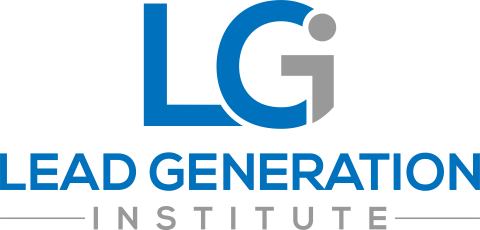Today, the majority of marketing centers around driving traffic toward websites. Once here, these visitors are turned into leads, which the sales team can approach. The moment this process gains traction and begins delivering results, marketers will seek to generate even more traffic, and the cycle begins anew.
Though an oversimplification of the intricacies of digital marketing, this is the gist of what’s happening at large. Unfortunately, however, very few marketing teams focus their efforts on extracting more from the existing traffic already generated, which is where conversion rate optimization comes in.
What Is Conversion Rate Optimization?
Conversion rate optimization (CRO) is a process that’s aimed at increasing the number of website visitors who convert into customers or who satisfy other specific metrics. Most websites are designed to convert visitors into customers. You’ll notice that these conversions take place all over the site, going from the homepage, landing pages, blog posts, pricing, testimonial pages, and almost everywhere else. All of these would have been optimized to increase that number of conversions, and this is precisely what CRO is all about.
But besides sales, other objectives or key performance indicators (KPIs) can fall within this category, such as newsletter subscriptions, email opt-ins, bounce rates, time spent on pages, etc.
Companies go about their CRO by using web analytics and user feedback, analyzing their preferences and behavior to determine the best course of action. Some actions may be as simple as relocating the calls-to-action (CTAs) or as complex as complete website restructuring for better navigation.
The importance of CRO relies on its immense contribution to the website’s and marketing’s overall ROI. From an even broader perspective, better conversion rates will grow the business, increasing the brand’s reach and the number of sales. To put it simply, CRO is the best way to improve a company’s bottom line in a short amount of time.
It aids marketing by not having to continually invest in generating more traffic while optimizing the existing traffic to maximize opportunities. CRO will gain you improved customer insights, better scalability, enhanced user experience, trustworthiness, and a better overall ROI.
CRO Best Practices
There is a multitude of things you can do to improve the effectiveness of your website. Depending on where you are and what you hope to achieve, you can employ any number of optimization strategies. Below are some of the most important:
Reduce Page Loading Times
Statistics show that the new norm for page loading time is 2 seconds. If it takes more than 3 seconds for a page to load, a whopping 40% of your visitors will leave your site, never to return. According to Amazon, every 100 milliseconds of latency time will reduce your sales by 1%. In other words, every added second will result in 10% lost revenue.
To improve your site’s speed, you should:
- Remove any unnecessary plugins and use a cache plugin.
- Reduce image and video size.
- Compress JavaScript and CSS files.
- Set up a Content Delivery Network (CDN).
- Use a lightweight theme.
- Use Google PageSpeed Insights or similar tools to test your speed.
Landing Page Testing
Landing pages are where visitors turn into leads or where existing leads will engage more deeply with the brand. Optimizing these pages should be given priority. There are two standard testing methods to use A/B and Multivariate Testing.
- A/B Testing – This method tests the conversion rates of two versions of the same page and compares the results using live traffic. Visitors will be bucketed into one version or another while tracking their behavior and how they interact with the elements on the page (what buttons they click, what videos they watch, whether they sign up to the newsletter, etc.). This way, you can determine which version, A or B, is more effective.
- Multivariate Testing – This method uses the same principle as A/B testing by pitching two versions against each other. The main difference is that it uses a higher degree of variables to gather more information. The purpose is to measure the effectiveness of each design combination and determine which elements have a positive or negative impact on the visitor’s experience.
Optimize Different Personas
A key element in effective targeting is to hit the business personas that more efficiently convert into valuable leads. It’s, therefore, necessary to develop and optimize different personas based on demographics, pain points, needs, etc. Once these are developed, you need to design your communications in such a way to resonate with these personas and bring your traffic to specific landing pages where the product or service is presented.
If you want to learn more about conversion rate optimization and other best practices, let’s connect or subscribe to our newsletter.




